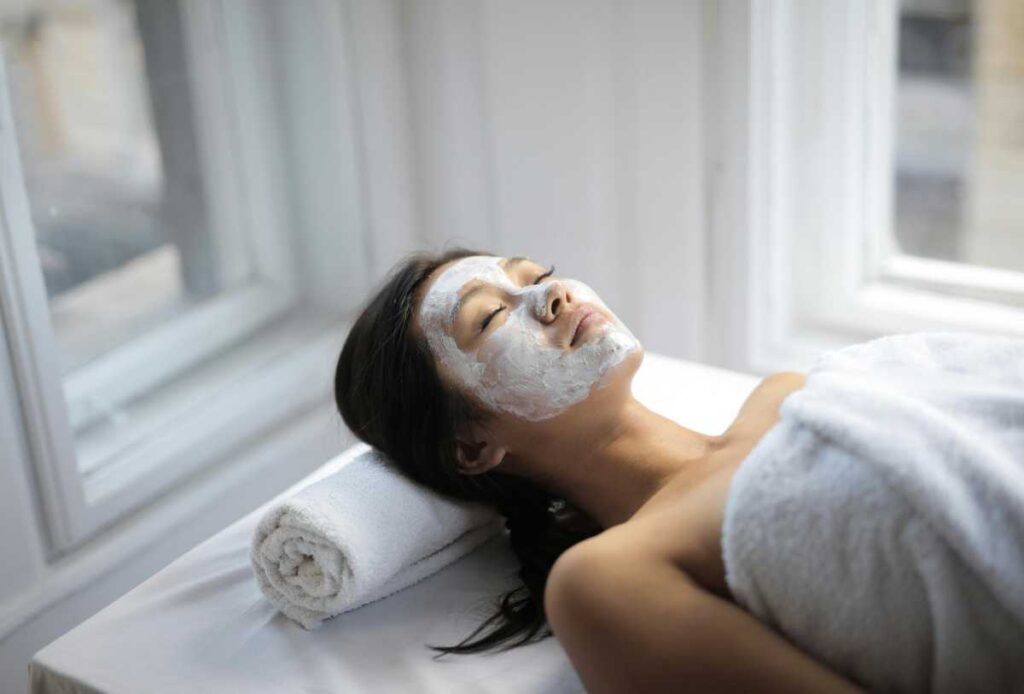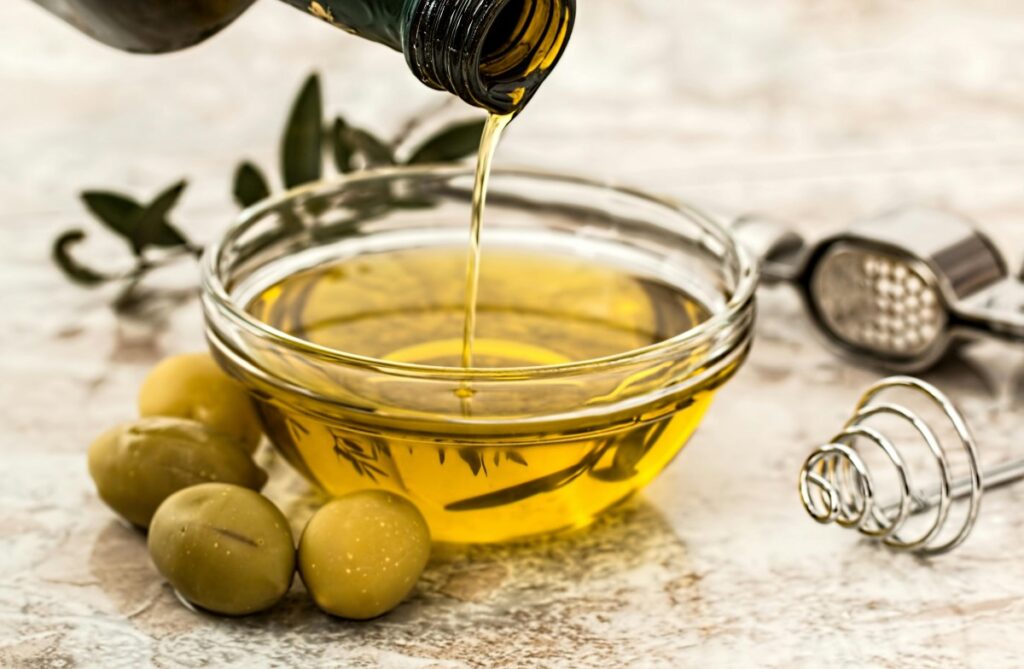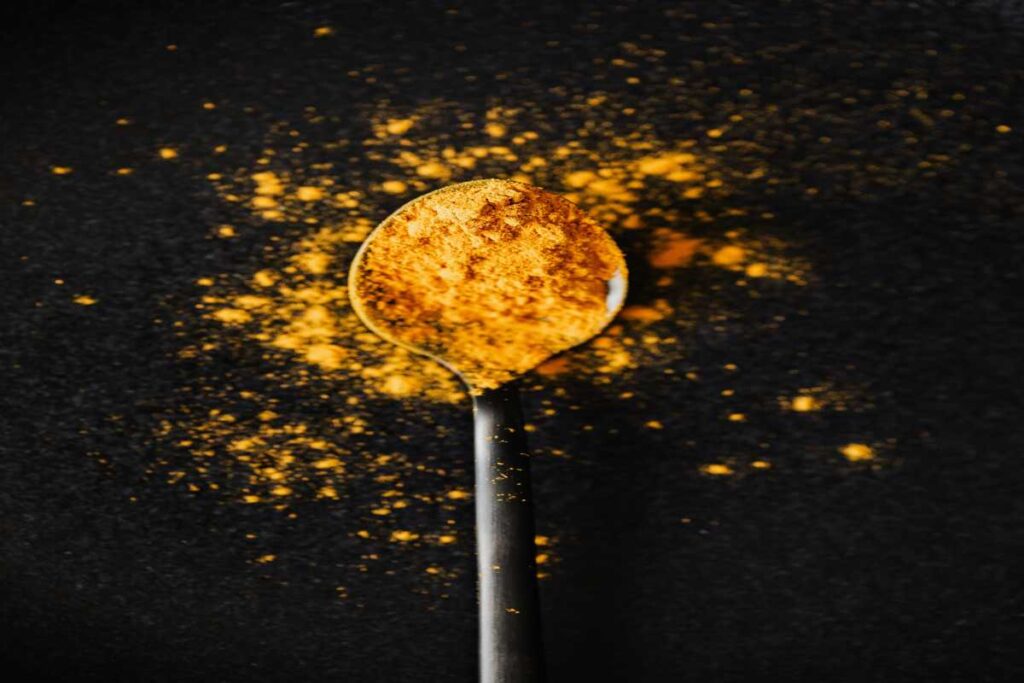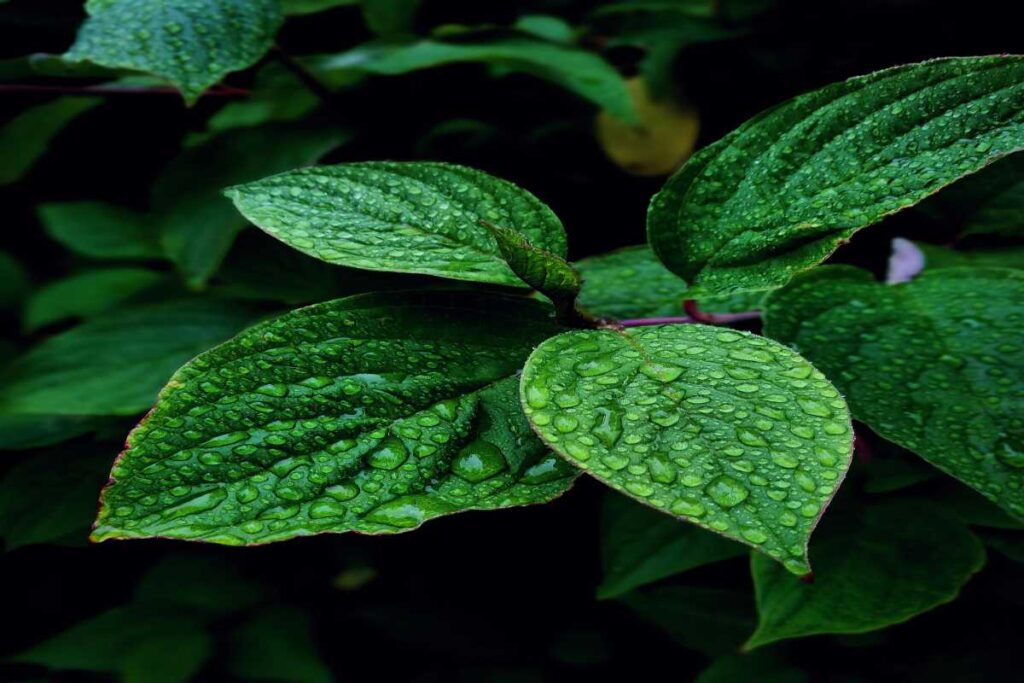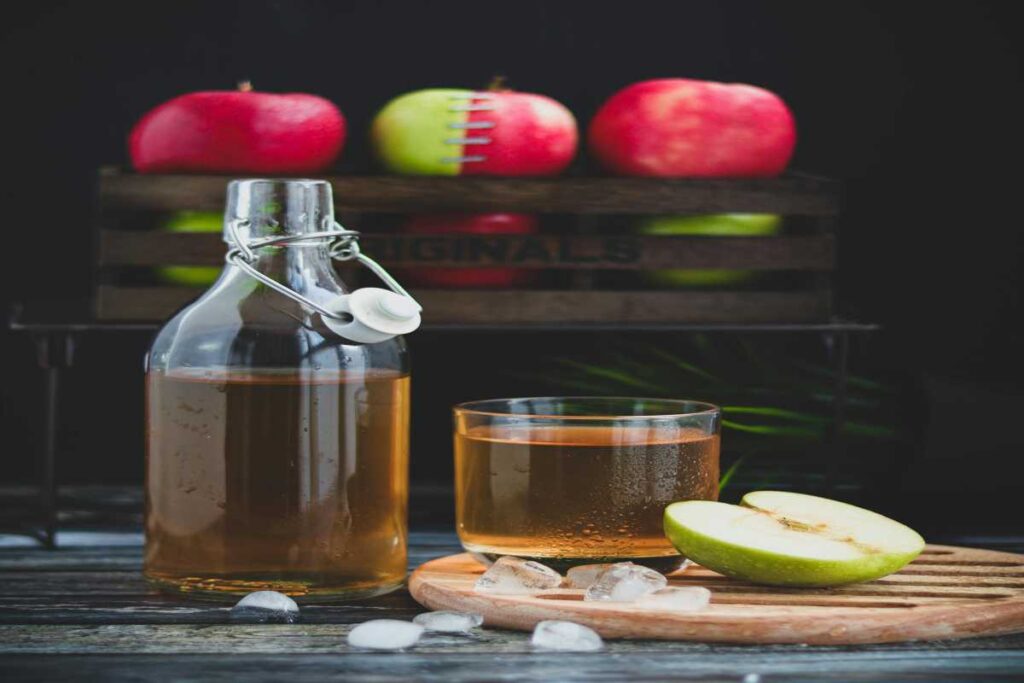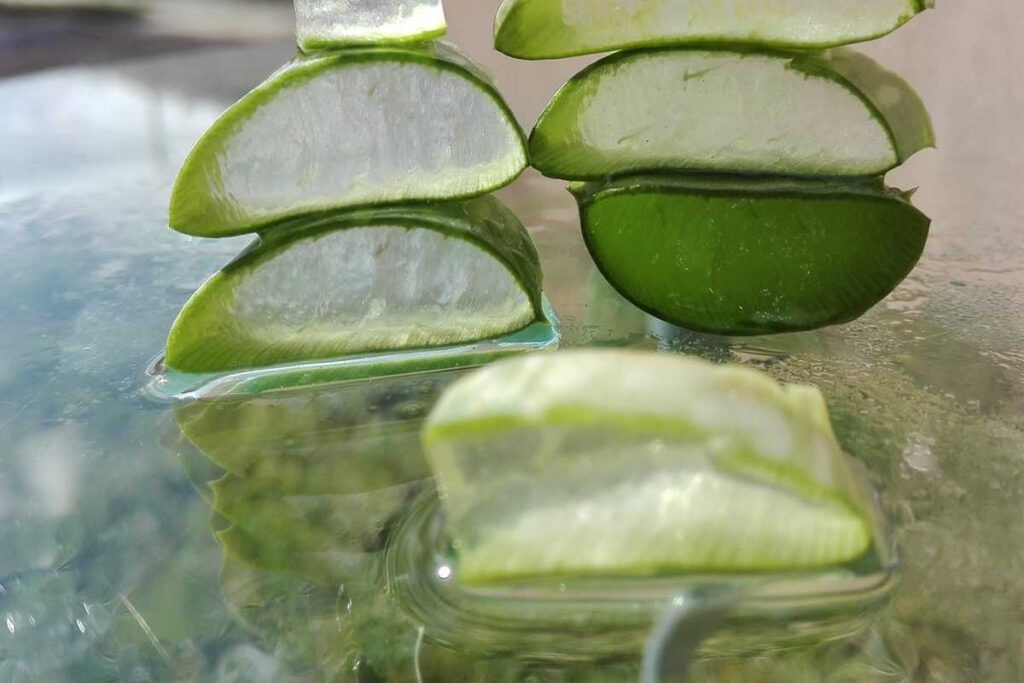Coconut oil is a versatile ingredient that offers numerous benefits for skin and hair, and its moisturizing properties make it an excellent choice for lip care. Making your own lip balm allows you to customize the ingredients to suit your preferences while ensuring you’re using natural, skin-friendly products. In this guide, we’ll explore 10 delightful DIY coconut oil lip balm recipes that will leave your lips feeling soft, hydrated, and luscious.
1. Why Choose Coconut Oil for Lip Balms?
Natural Moisturizer:
Coconut oil is known for its deep moisturizing properties. Its fatty acids help to lock in moisture and prevent dry, chapped lips. Unlike many commercial lip balms that contain artificial ingredients, coconut oil is a natural alternative that nourishes your skin.
Antibacterial and Antifungal Properties:
Coconut oil has natural antibacterial and antifungal properties, making it a great choice for maintaining healthy lips. It can help protect your lips from infections and promote healing for cracked or chapped skin.
Rich in Nutrients:
Coconut oil is rich in vitamins and antioxidants that can enhance the overall health of your lips, keeping them soft and youthful.
2. Essential Ingredients for Your DIY Lip Balms
Base Ingredients:
For all of the recipes below, you will need a few basic ingredients:
- Coconut Oil: The star ingredient that provides moisture and nourishment.
- Beeswax: Helps to solidify the balm and provide a protective barrier.
- Essential Oils: For added fragrance and therapeutic benefits. Choose your favorite scents like peppermint, lavender, or vanilla.
Optional Add-Ins:
You can also customize your lip balm with additional ingredients:
- Colorants: Natural colorants like beetroot powder or cocoa powder for tinted balms.
- Flavorings: Natural flavorings like vanilla extract or citrus zest for a tasty touch.
- Other Oils: Add nourishing oils like almond oil, jojoba oil, or vitamin E oil for extra hydration.
3. 10 DIY Coconut Oil Lip Balm Recipes
1. Classic Coconut Lip Balm
Ingredients:
- 2 tablespoons coconut oil
- 1 tablespoon beeswax pellets
- 5-10 drops of peppermint essential oil (or your choice)
Instructions:
- Melt the coconut oil and beeswax in a double boiler.
- Stir in the essential oil.
- Pour into small containers and let it cool.
2. Lavender Vanilla Lip Balm
Ingredients:
- 2 tablespoons coconut oil
- 1 tablespoon beeswax pellets
- 5 drops lavender essential oil
- 5 drops vanilla extract
Instructions:
- Melt coconut oil and beeswax together.
- Add lavender oil and vanilla extract.
- Pour into containers and allow to set.
3. Sweet Orange Citrus Balm
Ingredients:
- 2 tablespoons coconut oil
- 1 tablespoon beeswax
- 10 drops sweet orange essential oil
Instructions:
- Melt coconut oil and beeswax over low heat.
- Stir in the sweet orange oil.
- Pour into lip balm tubes or small tins to cool.
4. Chocolate Mint Lip Balm
Ingredients:
- 2 tablespoons coconut oil
- 1 tablespoon beeswax
- 5 drops peppermint essential oil
- 1 teaspoon cocoa powder
Instructions:
- Melt the coconut oil and beeswax together.
- Whisk in the cocoa powder and peppermint oil.
- Pour into containers and let cool.
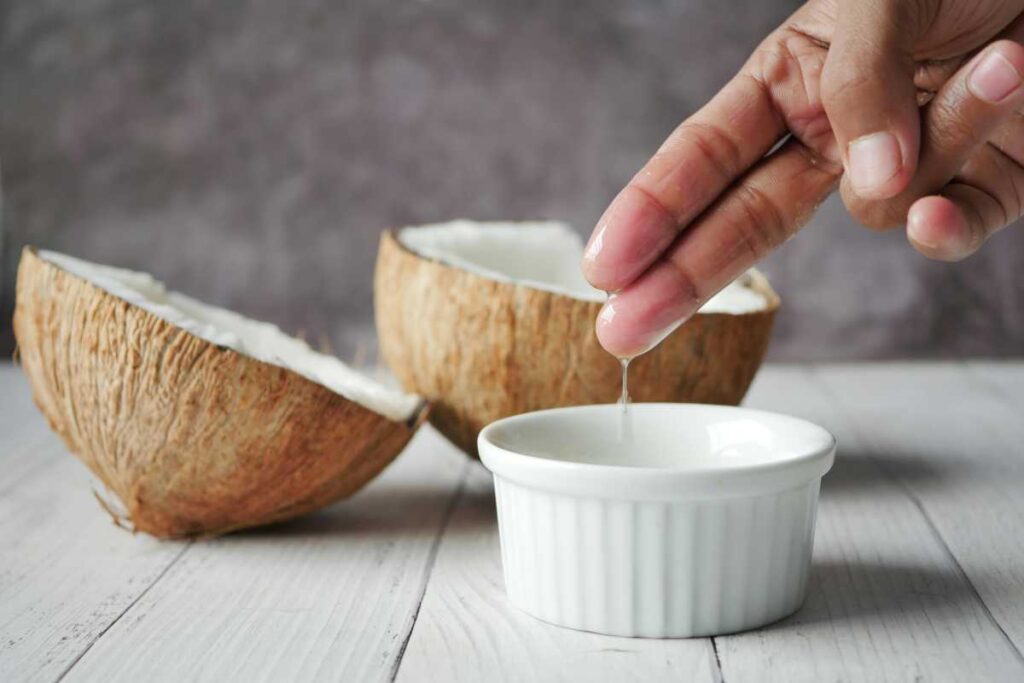
5. Honey Almond Lip Balm
Ingredients:
- 2 tablespoons coconut oil
- 1 tablespoon beeswax
- 1 tablespoon almond oil
- 1 teaspoon honey
Instructions:
- Melt coconut oil and beeswax.
- Stir in almond oil and honey until well combined.
- Pour into small jars and allow to set.
6. Berry Tinted Balm
Ingredients:
- 2 tablespoons coconut oil
- 1 tablespoon beeswax
- 1 teaspoon beetroot powder
Instructions:
- Melt coconut oil and beeswax.
- Mix in beetroot powder for color.
- Pour into containers and let it harden.
7. Green Tea Lip Balm
Ingredients:
- 2 tablespoons coconut oil
- 1 tablespoon beeswax
- 1 teaspoon green tea leaves (dried)
- 5 drops mint essential oil
Instructions:
- Melt coconut oil and beeswax.
- Add green tea leaves and mint oil.
- Pour into tins and cool completely.
8. Coconut Lime Lip Balm
Ingredients:
- 2 tablespoons coconut oil
- 1 tablespoon beeswax
- 5 drops lime essential oil
Instructions:
- Melt the oils and beeswax together.
- Stir in lime oil.
- Pour into small containers and allow to set.
9. Rose and Geranium Lip Balm
Ingredients:
- 2 tablespoons coconut oil
- 1 tablespoon beeswax
- 5 drops rose essential oil
- 5 drops geranium essential oil
Instructions:
- Melt coconut oil and beeswax.
- Add the essential oils and mix well.
- Pour into containers and let cool.
10. Calming Chamomile Balm
Ingredients:
- 2 tablespoons coconut oil
- 1 tablespoon beeswax
- 5 drops chamomile essential oil
Instructions:
- Melt coconut oil and beeswax together.
- Stir in chamomile oil.
- Pour into small jars and allow to cool.
4. Tips for Making Your DIY Lip Balms
Storage:
Store your lip balms in a cool, dry place. Use small jars, tins, or lip balm tubes for easy application and portability.
Labeling:
If you make multiple flavors, label each container with the name of the lip balm and the date it was made.
Experimentation:
Don’t hesitate to experiment with different essential oils, flavorings, and colors to create your unique lip balms.
Shelf Life:
DIY lip balms can last for several months if stored properly, but it’s best to use them within six months for optimal freshness.
5. Conclusion: The Joy of Making Your Own Lip Balm
Making your own coconut oil lip balms is a fun and rewarding project that allows you to take control of what you put on your lips. With just a few simple ingredients, you can create moisturizing, natural lip balms tailored to your preferences.
Whether you choose classic scents or experiment with unique flavors, these DIY lip balms not only nourish your lips but also provide a satisfying sense of accomplishment. Embrace the art of lip care with these delightful recipes, and enjoy the benefits of soft, healthy lips all year round!
Happy crafting!




